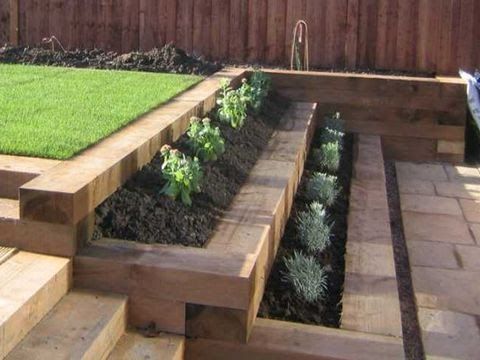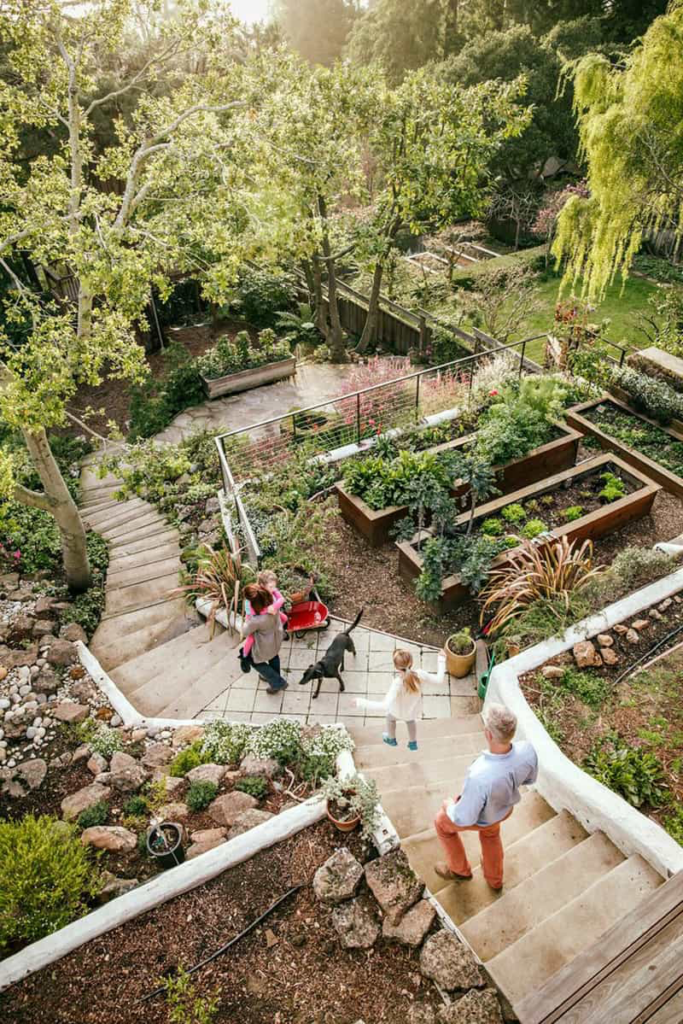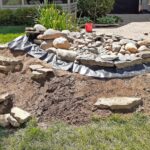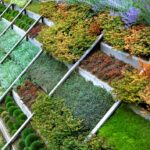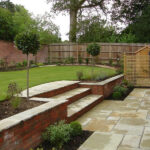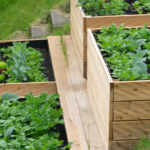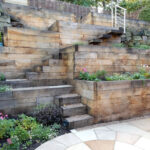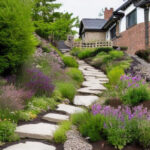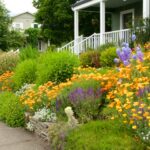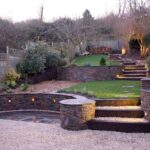Gardening on a slope presents a unique set of challenges and opportunities for gardeners. While tending to a garden that is not on level ground may require some extra effort, it also allows for creative design solutions that can add beauty and interest to the landscape. To successfully design a garden on a slope, it is important to consider factors such as erosion control, drainage, plant selection, and accessibility.
One of the primary concerns when designing a garden on a slope is erosion control. Soil erosion can be a significant issue on steep slopes, especially during heavy rain or wind events. To prevent erosion, it is essential to implement measures such as terracing, retaining walls, or planting ground cover plants with deep root systems. These can help stabilize the soil and prevent it from washing away.
Another important consideration when designing a garden on a slope is drainage. Proper drainage is crucial to prevent water from pooling and causing damage to plants. One way to improve drainage on a slope is by creating swales or culverts to redirect water flow. Additionally, using permeable materials such as gravel or mulch in walkways and hardscape areas can help water infiltrate into the soil more easily.
When selecting plants for a garden on a slope, it is essential to choose species that can thrive in the unique conditions of the site. Plants that have deep root systems, are drought-tolerant, and can withstand periods of heavy rain are ideal for sloped gardens. Additionally, using a mix of ground covers, shrubs, and trees can help create a diverse and visually interesting landscape.
Accessibility is another important factor to consider when designing a garden on a slope. To ensure that the garden is functional and enjoyable to use, it is essential to incorporate pathways, stairs, and other features that make it easy to navigate the slope. Adding handrails or steps can help improve safety and make it easier for people of all ages and abilities to access the garden.
Finally, incorporating elements such as retaining walls, raised beds, and terraces can help create visual interest and add structure to a garden on a slope. These features can also help create microclimates within the garden, allowing for the cultivation of a wider range of plants. By carefully considering factors such as erosion control, drainage, plant selection, and accessibility, it is possible to create a beautiful and sustainable garden on a slope that will thrive for years to come.
